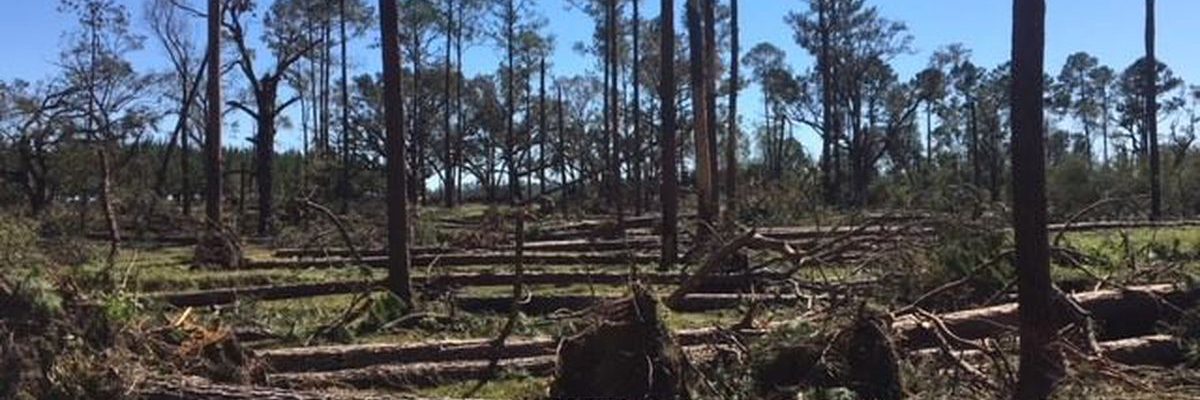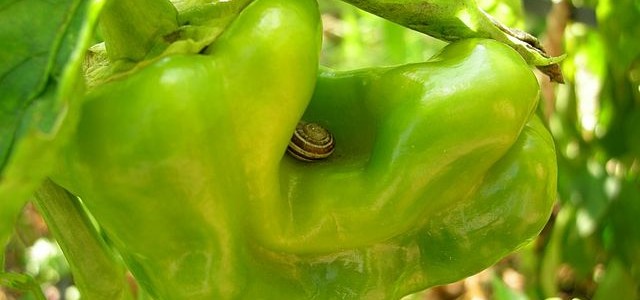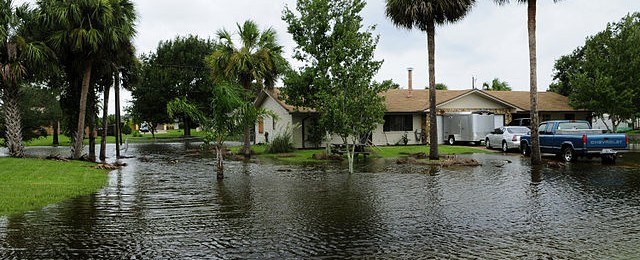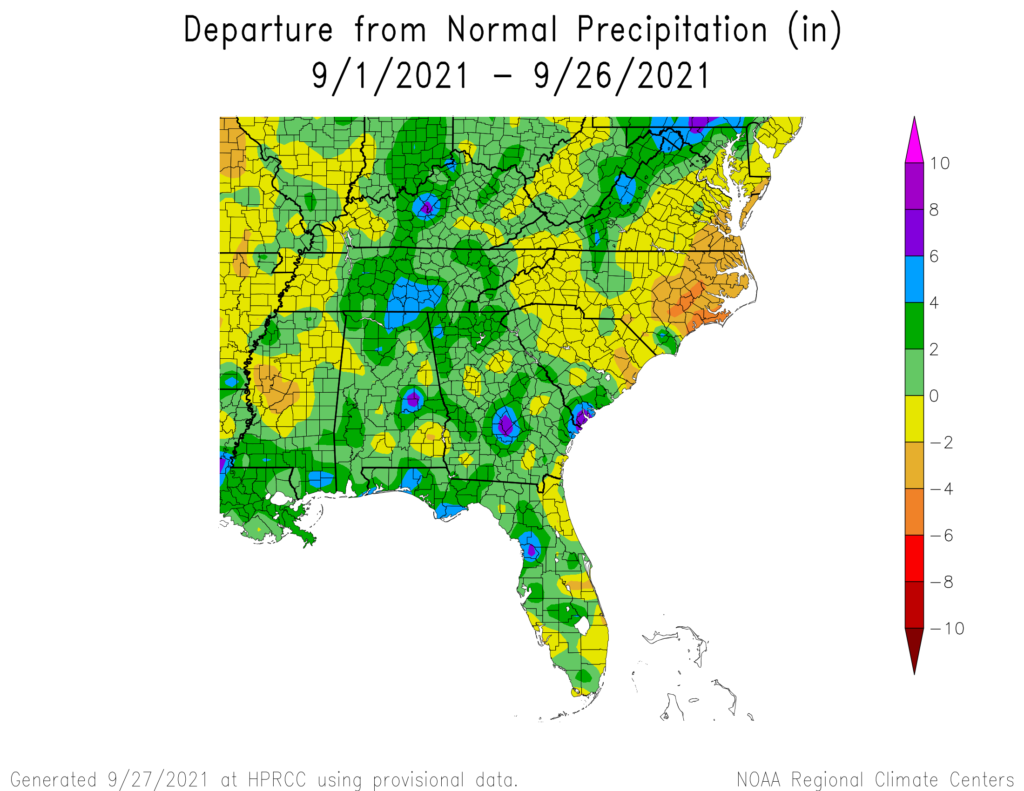-

If you follow tropical weather at all, you are probably not surprised to know that the number of landfalling hurricanes and tropical storms we have had the last few years has been very high, and of course we have had to deal with the impacts of those storms, ranging from extreme winds to significant storm…
-

Estimating damage following a major hurricane can be difficult, as many extension agents in the Southeast know after the spate of hurricanes and tropical storms that have traveled across the region in the last five years or so. Here is a story from Morning Ag Clips that describes preliminary agricultural damage to Louisiana from Hurricane…
-

Now that we are in fall, we can expect to see more frequent formation of fog, especially in the mornings and late in the day as the air cools down to a temperature that allows water vapor to condense. Earth Networks has a new video and web page that gives a good description of how…
-

At our UGA cotton field day today, someone mentioned to me that they are having trouble doing degree day calculations that depend on specific bases for different crops, diseases, or insect development. You can see a list of bases for a variety of crops from the Midwestern Regional Climate Center here. But it is not…
-

A new study of coastal residents in flood-prone areas of Florida has shown that people who had seen maps designating that where they live are areas threatened by rising sea levels are less likely to believe that climate change was taking place than those who had not seen the maps. They also did not think…
-

A new study out of the University of California, Davis, discussed earlier in September in Fruit Growers News shows that California grape growers in coastal areas can use less water during times of drought and cut irrigation levels without affecting crop yields or quality. According to FGN, “The findings, published Sept. 1 in the journal…
-

With just a few days to go in the end of the month, the maps show that most of the region has received more rain than normal. The wet areas are also cooler than normal, most likely due to the cloud cover and difficulty heating all that water. This last week of dry conditions will…
Posted in: Climate outlooks